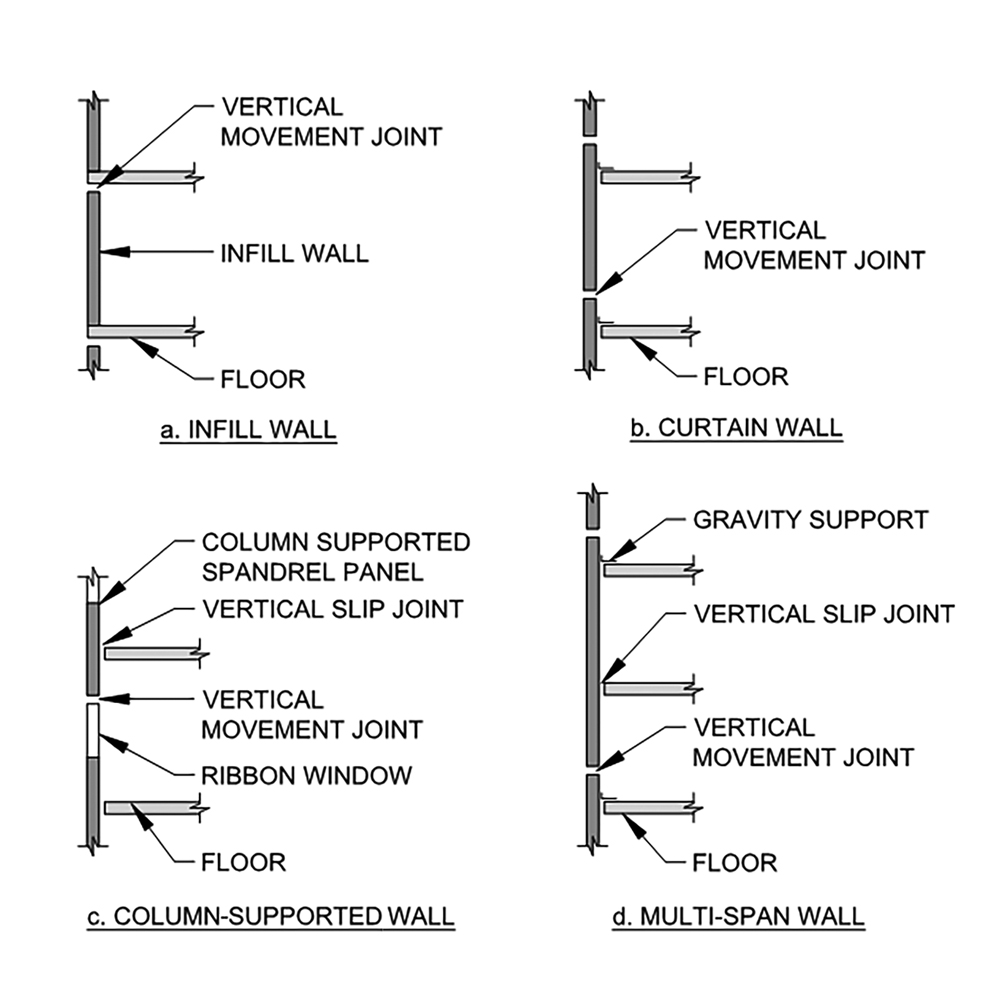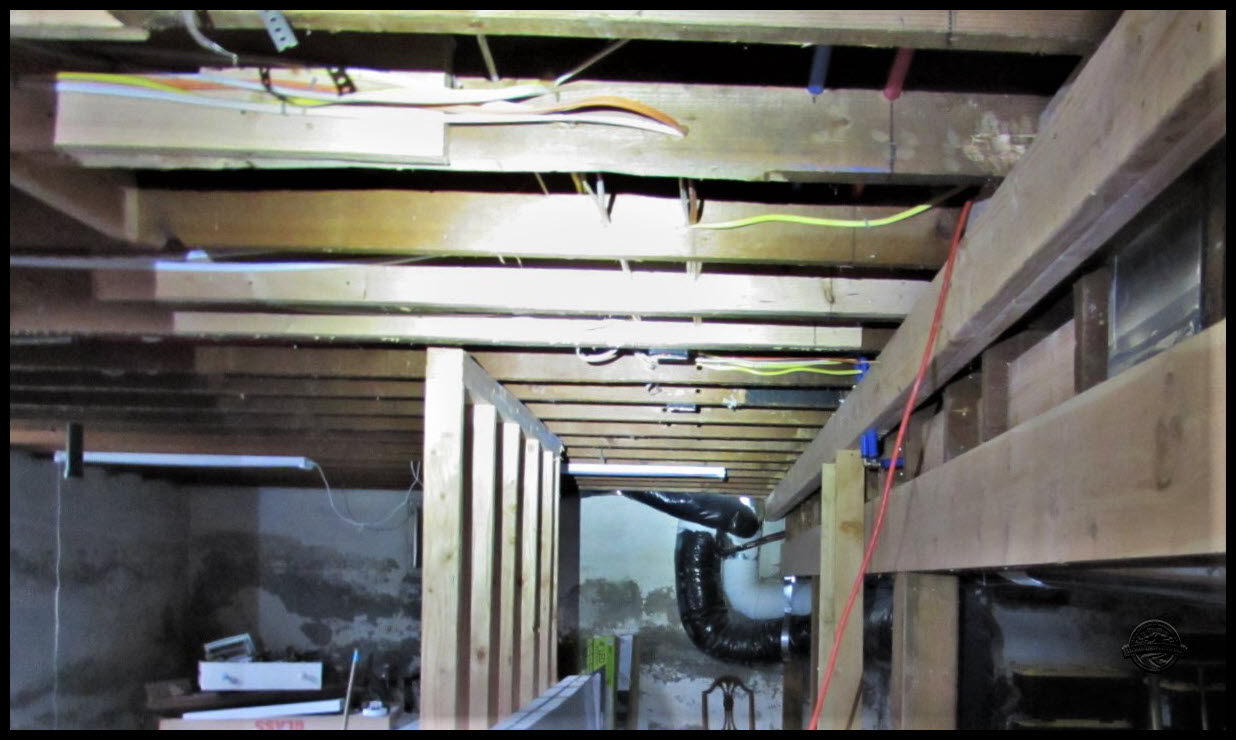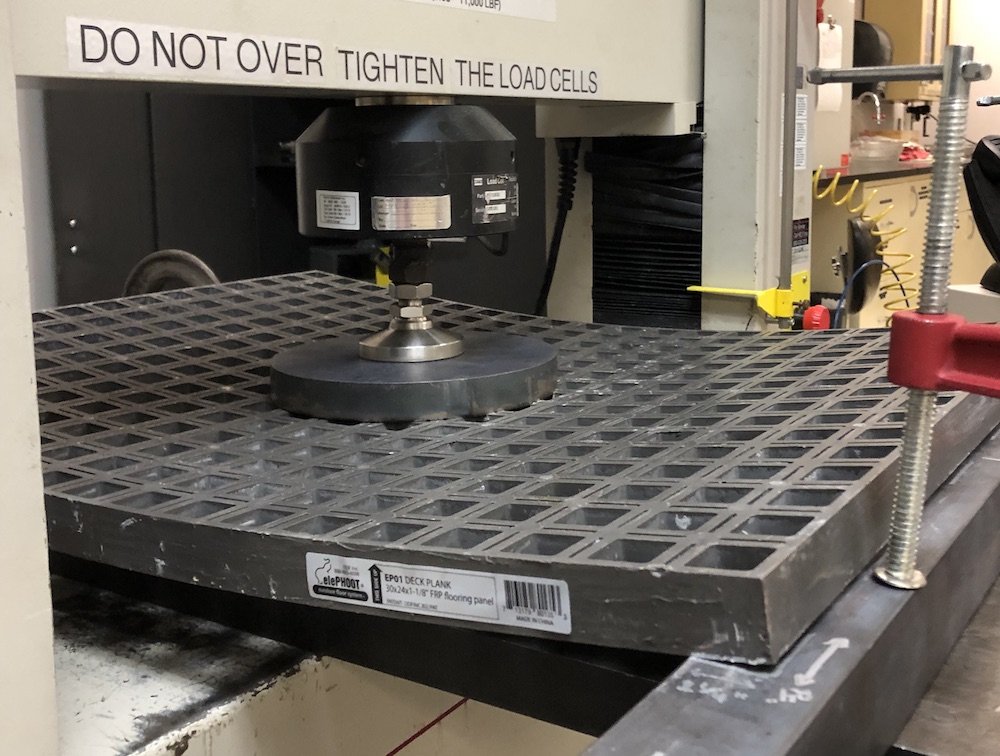Floor Deflection Standard

For example the allowable deflection of a 12ft span floor joist with plaster l 360 is 0 4 12ft divided by 360.
Floor deflection standard. Refer to section r703 7 2 reason. This is intended to be an editorial clean up and not change any current requirements for deflection criteria. Deflection for exterior walls with interior gypsum board finish shall be limited to allowable deflection of h 180. If that same joist had gypsum ceiling l 240 the allowable deflection is 0 6.
Frequently there is misunderstanding regarding deflection between joists. If the span of the joists is 10 feet between supports then the deflection should not be more than 1 3 between the center and the end. To calculate a specific value the tile council of north america tcna offers a standard formula. Many tile contractors can judge a floor s deflection by walking around.
Note it gives the allowable deflection based on a fractional span quantity so a larger denominator will yield less deflection. Is assumed to be the dead load or the weight of the building materials themselves and 40 lb. If the floor deflects more than the 0 4 inches or 0 6 inches the floor is deflecting more than what the standard allows and does not meet code. Of that 10 lb.
The l 360 standard means that the floor should not deflect more than the span divided by 360. The standard load designed for most residential floors to support is 50 lb. The irc says that floors must deflect no more than 1 360 of the floor s span. Is the live load or the weight of the furniture.
See the table below. Ft plus any. For example a floor with a span of 10 feet must deflect no more than 1 3 inch or 120 inches 360 inches. Divide the total span of the floor joists in inches by 360 to determine the maximum amount the floor can give in the middle under a live load of 40 lb sq.
The current combined row for floors and ceilings with plaster and stucco. Stiffness is measured by the floor s deflection under load.

















